Montessori Language Miniatures
Montessori offers a great tool for busy parents trying to teach their kids the skills of letter sounds and vocabulary: Montessori language miniatures.
Montessori language miniatures are small, realistic replicas of everyday objects that often come in sets. Here’s an example of a Montessori miniature set you can use with your children. Just as the name suggests, Montessori teachers and parents use the miniatures to teach language concepts, including expressive language and letter sounds. These skills prepare children for writing and reading. Language miniatures are best suited for children ages 3 to 10.
Because of their versatility and simplicity, language miniatures are a popular choice for Montessori homes and classrooms. They can greatly simplify your life as a parent — say goodbye to getting a new activity, game, or toy to teach every new language concept. You can use language miniatures to teach a variety of concepts to children of all ages.
Let’s explore how to use them.
Learn Through Play
Introducing the miniatures to your child is the fun part. They get to explore and play with the toys, which may include objects like a hat, button, or rolling pin. As they play, they can learn the letter sounds.
Here’s how to start:
- Sit beside your child and name each object as your child explores it. Use rich language to describe the object’s characteristics.
- Ask your child questions about what they notice about the object and what they think it might be used for. Invite them to use the name of the object as they describe it.
Children learn best when they’re following their own interests. Don’t feel pressured to make elaborate presentations or interrogate your child about the object. They are learning as they play. Play is the easiest and most effective way for children to learn. Let your child play for as long as they would like. Then put the miniatures away to practice more another day.
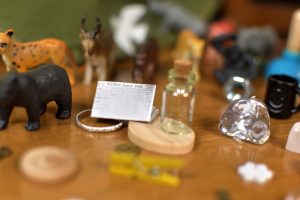 This simple play can build both receptive and expressive language skills. Receptive language is the ability to comprehend the language one hears from others. Expressive language is the ability to use language to communicate wants, needs, and ideas. The development of both receptive and expressive language depends on a child first knowing the right words to describe the people, places, and things that make up their world.
This simple play can build both receptive and expressive language skills. Receptive language is the ability to comprehend the language one hears from others. Expressive language is the ability to use language to communicate wants, needs, and ideas. The development of both receptive and expressive language depends on a child first knowing the right words to describe the people, places, and things that make up their world.
Montessori language miniatures are an excellent tool to help your child expand their vocabulary. As you build your child’s vocabulary, you strengthen the foundation that will one day help them read and write. And unlike flashcards or tablet games, language miniatures are engaging, tactile, and a bonding experience between parent and child.
Hide and Seek
As your child becomes more familiar with the vocabulary associated with the miniatures, switch up how you use them — but keep it simple! Many children enjoy a classic scavenger hunt. Start by hiding some of the objects in a room of your home. At first, you can play with a smaller set of 5-10 objects. As your child gets the hang of the game, you can gradually add more.
Once your objects are hidden, give your child the name of the object they need to find and set them loose. If they bring back the incorrect item, name the item they brought back. Give them a hint about what the requested item looks like so they can try again. Up the ante by timing how quickly they can find the miniatures. Challenge them to get faster and faster each time you play.
Learning Letter Sounds
As your child grows, the fun with language miniatures continues — you don’t need to spend money on something new. Knowing letter sounds and hearing the different sounds in spoken language are key skills that children need before they can learn to read and write. You can use your language miniatures to practice letter sounds and help your child begin to recognize them in speech.
Start off by inviting your child to play with the miniatures again. Sit beside them and again name the objects. This time, comment on the sounds that you hear in the vocabulary words.
For example: “The turtle is swimming! Turtle – /t/, /t/, turtle! I hear the /t/ sound.” Relate the sounds to other common words your child knows, such as another miniature (“top hat”), a friend or family member’s name, their favorite characters from a book or TV show, or a word from a familiar letter sounds song.
As your child grows, you can play Montessori sound games with your language miniatures and their corresponding letter sounds. One way to play sound games is with a version of “I Spy.” You can set out a language miniature, like a turtle, and say something like, “I spy something that starts with /t/.” When your child gives you the item, emphasize the sound again. Keep Montessori sound games simple when you first start by using just one obvious object. You can gradually add more items as your child becomes more confident.
Pairing Language Miniatures with the Movable Alphabet
Once your child knows their letter sounds, they can begin learning the symbols that represent these sounds: letters.
The Montessori movable alphabet is a hands-on material that Montessori children use to master their knowledge of letters. Pairing language miniatures with the movable alphabet is an effective way to help children practice their early reading skills.
This activity is best completed with a child who is already familiar with each letter. Start with just a handful of miniatures and letters. Invite your child to place each language miniature with the corresponding letter of the movable alphabet. For example, they can match the strawberry language miniature with the “s” and the egg with the “e.” As your child masters this activity, you can increase the number of language miniatures and movable alphabet letters you present at a time.
With Montessori Language Miniatures, Practice Makes Perfect
Using language miniatures is an easy and stress-free way to teach your child letter sounds at home. You can use any words you and your child know. To engage your child even more, consider using words about objects they enjoy.
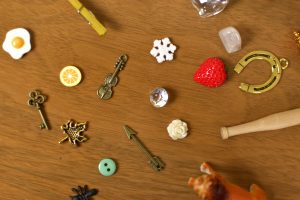 Once you’ve given your child lots of examples of words that start with the same sounds as the miniature, invite your child to think of their own — but don’t expect perfection immediately! Hearing different letter sounds is a skill that takes time to develop.
Once you’ve given your child lots of examples of words that start with the same sounds as the miniature, invite your child to think of their own — but don’t expect perfection immediately! Hearing different letter sounds is a skill that takes time to develop.
The more you practice with language miniatures and sound games, the better your child will get. You can refer back to the miniatures in any conversation you’re having with your child. Challenge them to identify other words in your conversation that start with the same sound as the miniatures. Because you can play this game anywhere, at any time, for as long as you want, this is an easy and fun way to help your child one day read and write.
These are just a few ways to nurture your child’s Montessori language development with language miniatures, but the possibilities are truly endless. You can practice rhyming, alliteration, inventive spelling, or simply use the miniatures to inspire your child’s imagination and let them create a game of their own.
Check out our Montessori language miniature sets for yourself, and let us know how you and your child use them in creative ways to have fun and build language. We’d love to share your ideas!
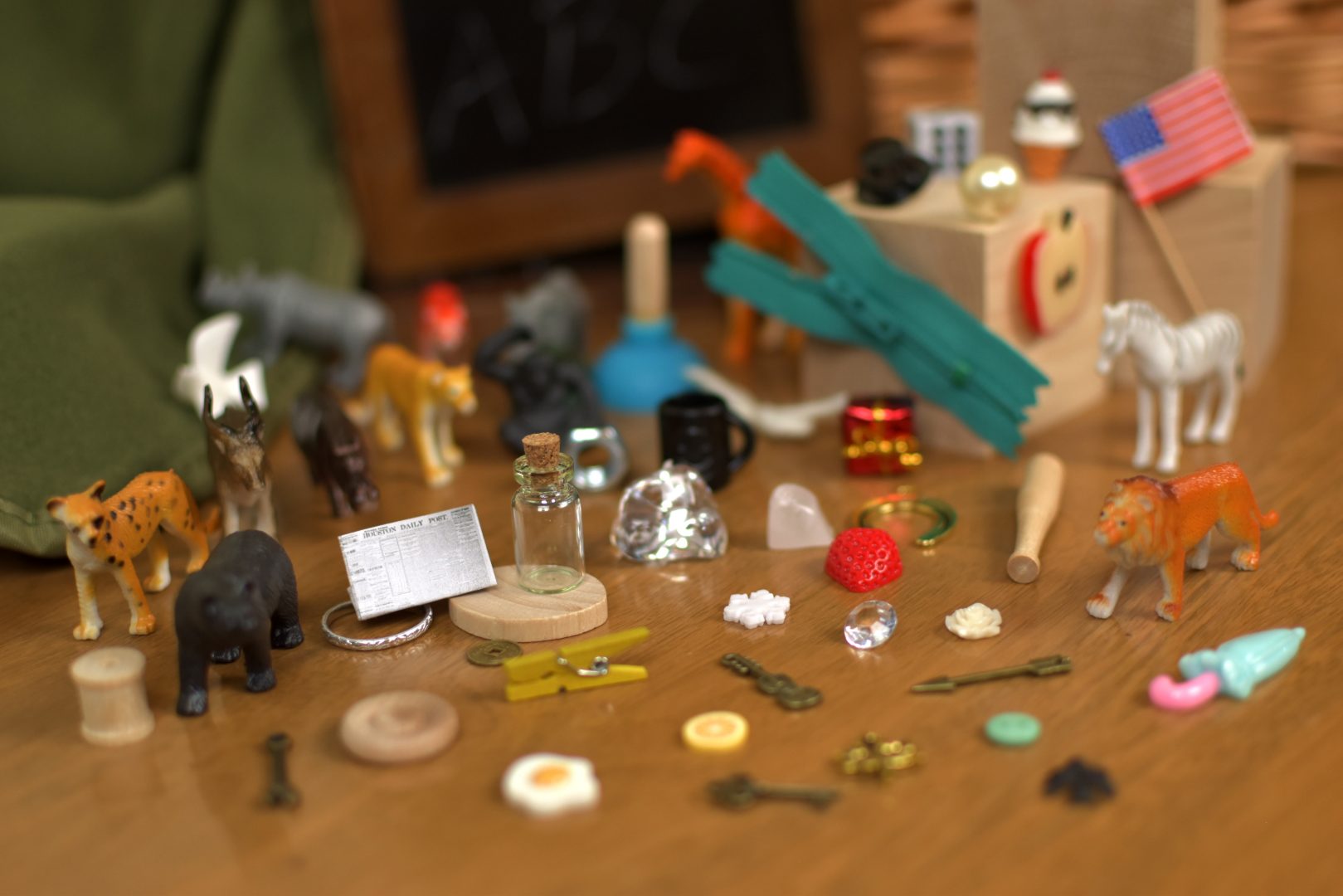
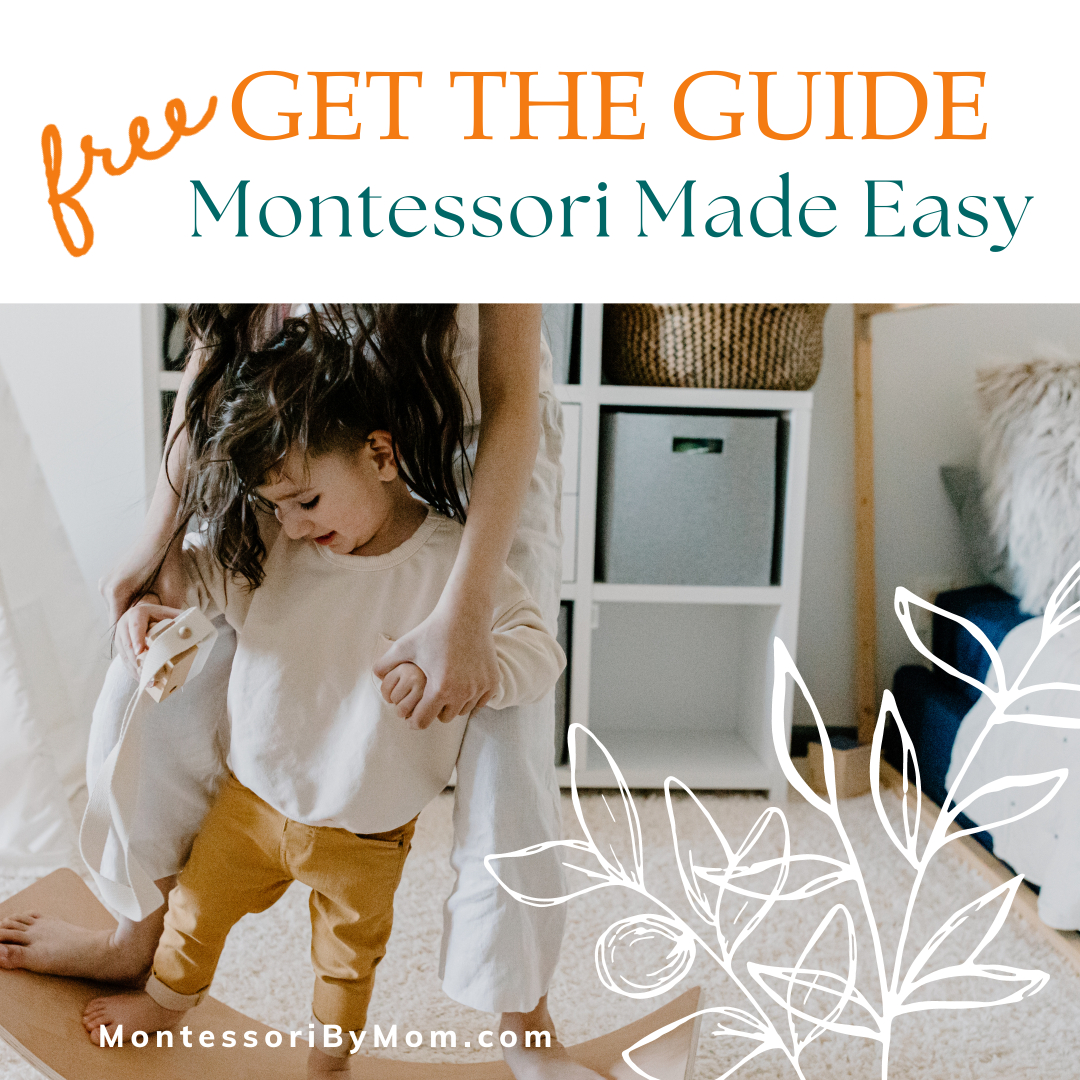


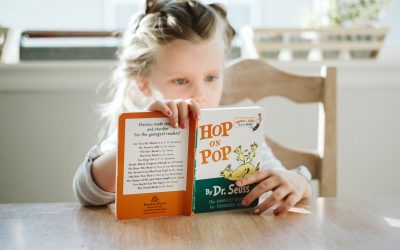
0 Comments